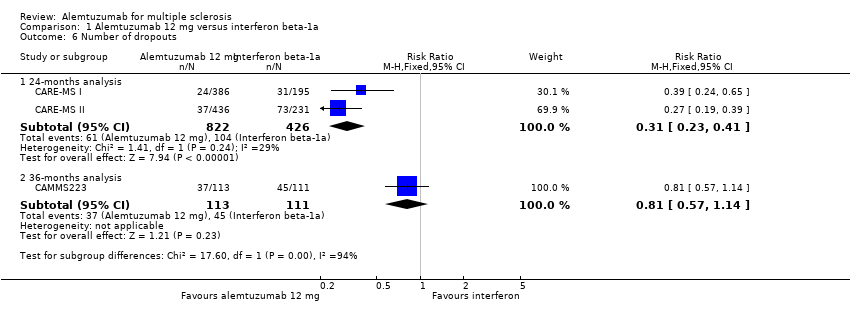Contenido relacionado
Revisiones y protocolos relacionados
Jia Liu, Lu‐Ning Wang, Siyan Zhan, Yinyin Xia | 23 diciembre 2013
Eugenio Pucci, Giorgio Giuliani, Alessandra Solari, Silvana Simi, Silvia Minozzi, Carlo Di Pietrantonj, Ian Galea | 5 octubre 2011
Jian Zhang, Shengliang Shi, Yueling Zhang, Jiefeng Luo, Yousheng Xiao, Lian Meng, Xiaobo Yang | 27 noviembre 2017
Dian He, Rui Guo, Fubo Zhang, Chao Zhang, Shuai Dong, Hongyu Zhou | 6 diciembre 2013
Loredana La Mantia, Irene Tramacere, Belal Firwana, Ilaria Pacchetti, Roberto Palumbo, Graziella Filippini | 19 abril 2016
Yousheng Xiao, Jianyi Huang, Hongye Luo, Jin Wang | 7 febrero 2014
George PA Rice, Barbara Incorvaia, Luca M. Munari, George Ebers, Chris Polman, Roberto D'Amico, Elena Parmelli, Graziella Filippini | 23 octubre 2001
Graziella Filippini, Cinzia Del Giovane, Laura Vacchi, Roberto D'Amico, Carlo Di Pietrantonj, Deirdre Beecher, Georgia Salanti | 6 junio 2013
Loredana La Mantia, Carlo Di Pietrantonj, Marco Rovaris, Giulio Rigon, Serena Frau, Francesco Berardo, Anna Gandini, Anna Longobardi, Bianca Weinstock‐Guttman, Alberto Vaona | 24 noviembre 2016
Mengbing Lin, Jian Zhang, Yueling Zhang, Jiefeng Luo, Shengliang Shi | 18 mayo 2022













